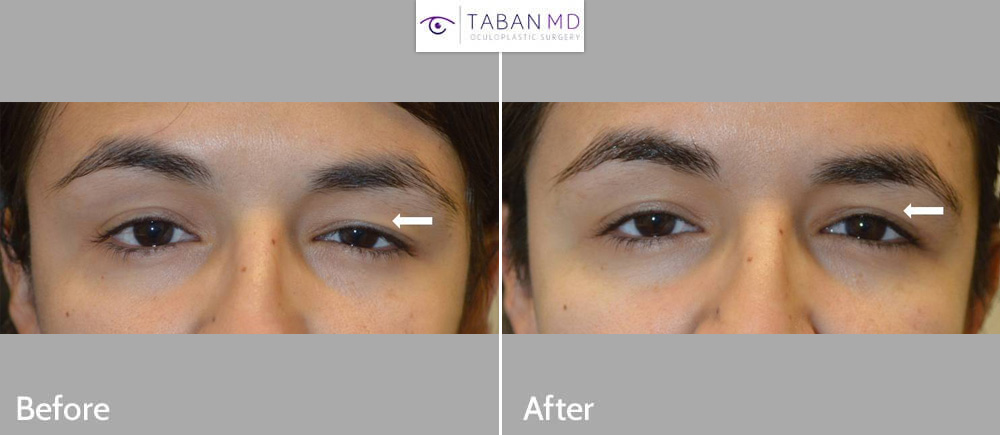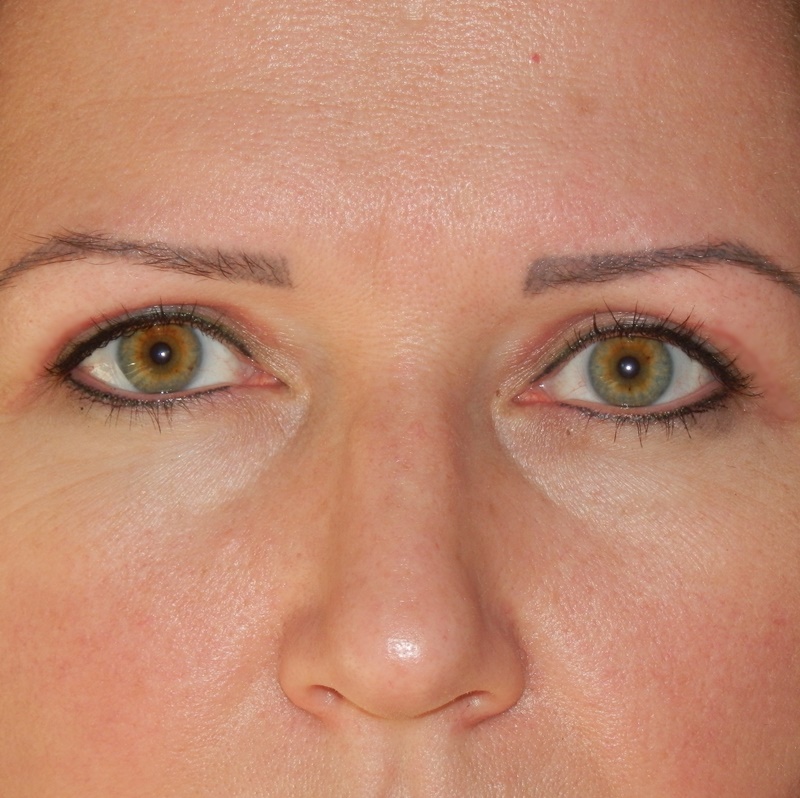
Revisions of previous nose jobs are necessary after a primary nasal job. Often, patients are not satisfied with the initial results and want to make additional changes to their nose. Another reason that patients may need to have their nose reshaped is a problem with breathing. This can happen if there was an accident or small obstruction in the primary surgery. The patient's overall health and cosmetic preferences will determine the outcome of a revision. These are the factors you should consider before scheduling a revision to a previous nasal job.
Rhinoplasty
Rhinoplasty refers to a procedure that changes and reconstructs the nose. Although there are many types, many people refer simply to it as a "nose job". Revision rhinoplasty is the most popular type of rhinoplasty. It can be done on children as well as adults. Rhinoplasty can be a good option for those who have difficulty with their nose breathing or are unhappy about their appearance.

Nasal hump excision
The nasal hump is removed to create a straight nose. The hump includes the cartilage and bone just above the scalloped grey line. With a Jie Pou Dao, the surgeon removes the cartilage portion from the hump. The osteotome is used by the surgeon to remove the nasal hump. Bone-scraping rasps are used to sculpt the bone flap and the cartilage below.
Paramedian forehead flap
The paramedian forehead fold is a type or interpolated flap for facial reconstruction. It can be used to correct large facial defects. This type of nose job is often used to correct large deformities such as the cleft lip and cleft palate. This option is available to patients who smoke or suffer from other conditions that may prevent the donor region from healing. Although there will be a scarring at the donor area, this procedure is much less invasive than other types.
Rhinoplasty costs
Though rhinoplasty costs can be very affordable it can still be very expensive if the surgeon is well-known. A well-respected surgeon will charge more than a less experienced surgeon. In order to avoid this, it's recommended that you research a surgeon's credentials and check out patient feedback. There are many things you should consider, even though the cost of rhinoplasty will depend on the surgeon’s experience and credentials.

Recovery time for rhinoplasty
Recovery time for rhinoplasty is dependent on how extensive the work was done and the patient's overall health. A person can typically expect to experience some localised pain and swelling for two to six days after surgery. Patients can return to work in three days. After the swelling has subsided, patients may be able to resume their normal activities. The pain after rhinoplasty can last anywhere from one to three months, but in some cases, it can be as long as a year.